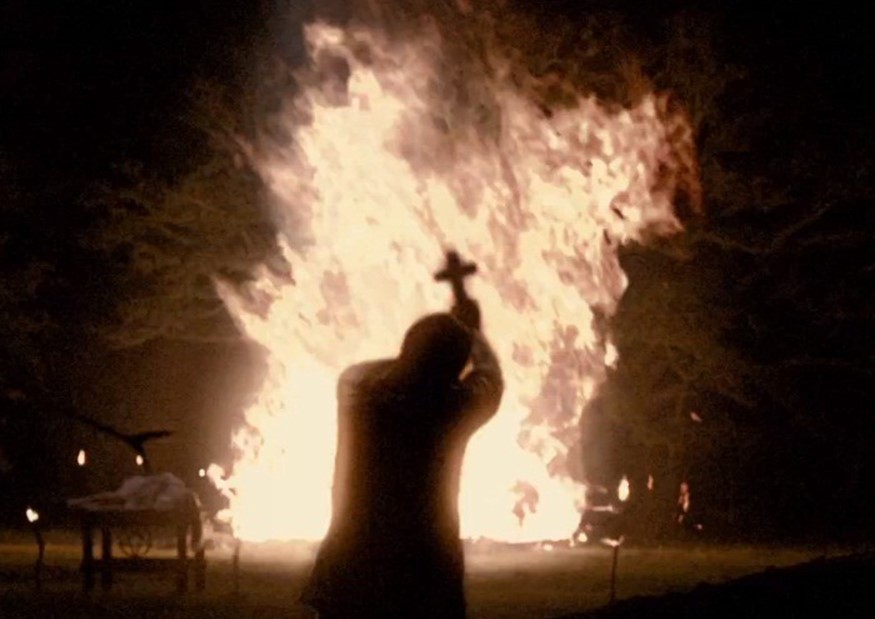Actors Are Using Intimacy Directors
August 24, 2017 in Daily Bulletin

Eli Keel wrote about evolution in theater:
- Directors bring in fight choreographers for battle scenes, and singing coaches for musical numbers. Now some are hiring specialists for intimate moments.
- Intimacy directors will help coach actors through everything from a simple hug or a kiss to full on simulated sex scenes in the nude.
- Fight choreographers make sure that the victim is in control of the attacks they face. Similarly, intimacy directors will ensure that the party with the least power in the scene has the most control.
- They also use frameworks such as the Four Pillars of Intimacy Direction: consent, communication, choreography, and context.
Read more on Leo Weekly.
Via: Marginal Revolution









Join the Discussion! (No Signup Required)